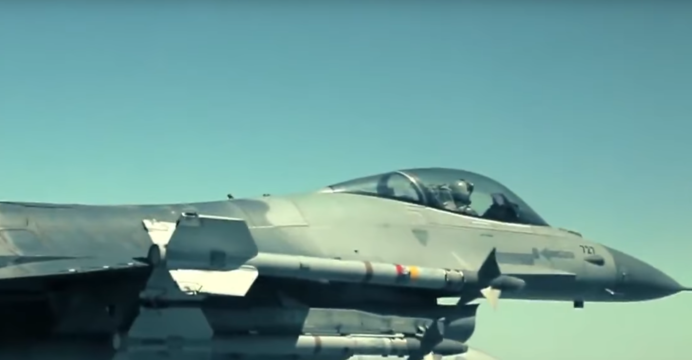@gambit, sir apart from the obvious do the NVG facility gives any other advantages, like JHMCS etc.
NVG flying
WILL KILL YOU IF YOU DO NOT TRAIN FOR IT ON A REGULAR BASIS.
Repeat...
NVG flying
WILL KILL YOU IF YOU DO NOT TRAIN FOR IT ON A REGULAR BASIS.
By this, I mean that if your air force is going to fly with NVG, your air force better have a night time combat doctrine.
War and combat doctrines determines how you train and how you would fight, and NVG flying
WILL KILL YOU IF YOU DO NOT TRAIN FOR IT ON A REGULAR BASIS.
For example...
http://www.intelligent-aerospace.co...ghting-to-upgrade-f-16-military-aircraft.html
There are lighting, exterior and interior, that are designed specifically for NVG vision. A normal unassisted human vision would not be able to tell if an aircraft is NVG lit. Basically, you need to put on an NVG to see those lights.
In NVG flying, you lose much -- not all -- of your depth perception. Most people do not realize how much light, as in plenty of it, affect their ability to discern depth-of-field perception. Some people are less affected than others, but the bottom line is that NVG reduces your DoF perception. Many incorrect cockpit switching have occurred when a pilot is inexperienced with using NVG and tried to operate the various cockpit instrumentation. NVG specific lighting helps reduce the loss of DoF, but daytime flying is still the best.
There are plenty of medical studies regarding NVG and combat aviation...
https://www.ncbi.nlm.nih.gov/pubmed/2751588
The present study was initiated following a report that a few helicopter pilots had failed a test of stereoscopic depth perception after a prolonged training flight employing night vision goggles (NVGs).
Because you lose so much of your DoF, the odds of disorientation increases during combat maneuvers, and most dangerous in ground strike missions where you have no choice but sometimes to fly towards the ground.
Just as nighttime negatively affects your vision, it also negatively affects the enemy, specifically the SAM guys, also known as optical launches. By optical, I do not mean only cameras, high def or else, but also mean simple eyeballing. If you are attacking at night and NVG flying, you are denying the enemy the use of camera assisted launches, if he is so equipped. But even if he is radar assisted, daytime would be helpful in terms of initial orientation of his missile battery launcher. So if you are NVG flying and attacking an air defense battery at night, there are tactical and psychological advantages for you.
If you have a smart enemy, he can launch flares which will ruin your NVG vision and even it that is a few seconds, those few seconds would be enough for him to get a radar lock and kill you, which leads back to training. A partial moon can ruin your NVG vision, but here you are talking about a flare designed to mislead infrared guided missiles.
NVG missions works best against 'steady state' targets, as in targets that do not know you are coming. Any lighting the target have will be that steady state where the NVG and your own eyes can compensate. The purpose of a sneak attack is to surprise and nothing beats a night attack. So it still comes back to training with your NVG to maximize the element of surprise.
Flying below the radar net with NVG is dangerous. The ground is not that contrasting thru the NVG and the green vision does not help with whatever little contrast there might be, so it is practically IFR.
The NVG is a great tactical combat tool but only if you train hard for it. Or it will quickly kill you.














